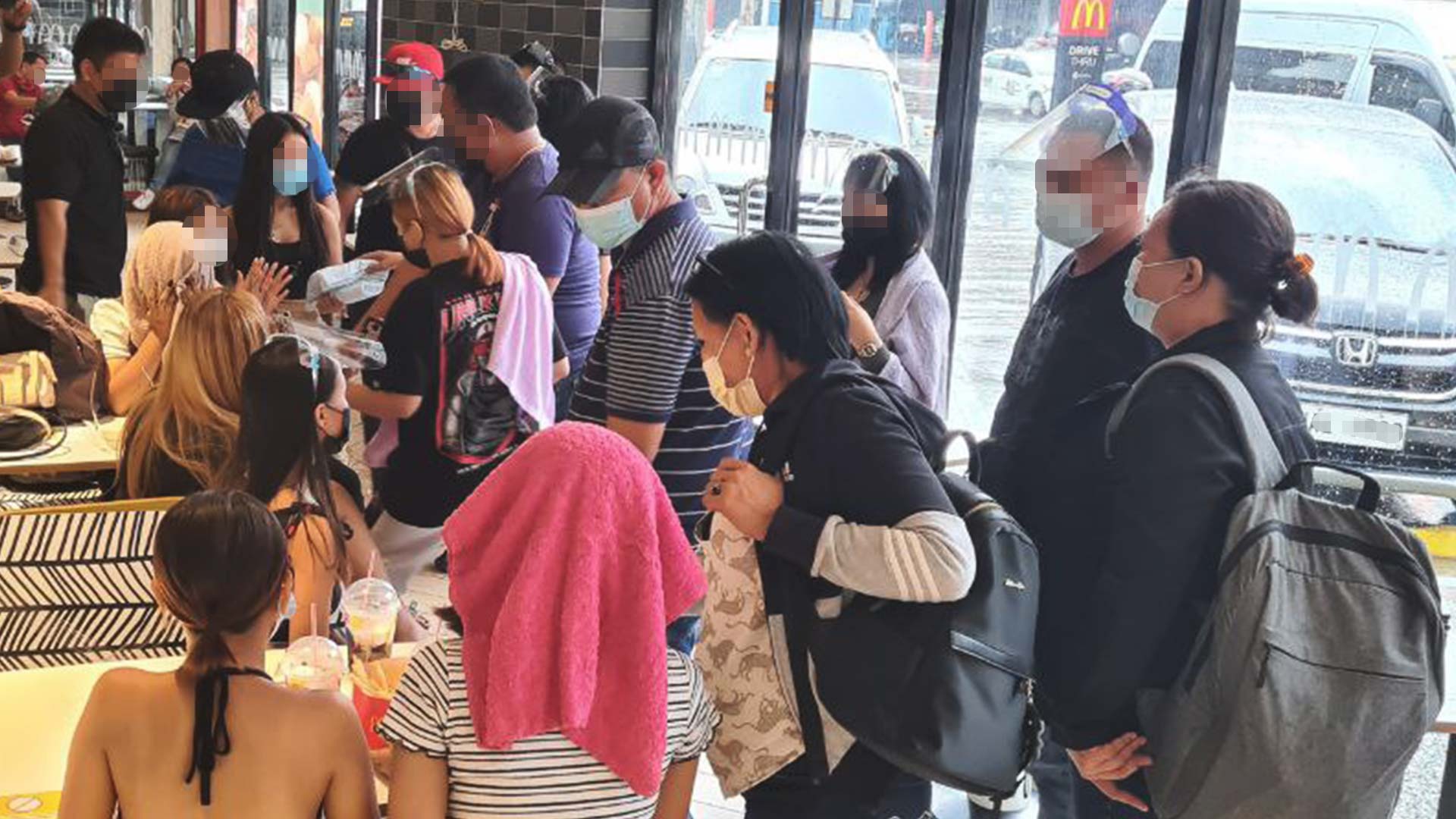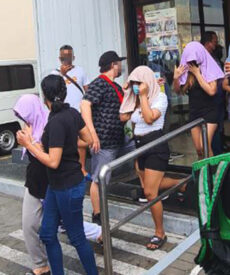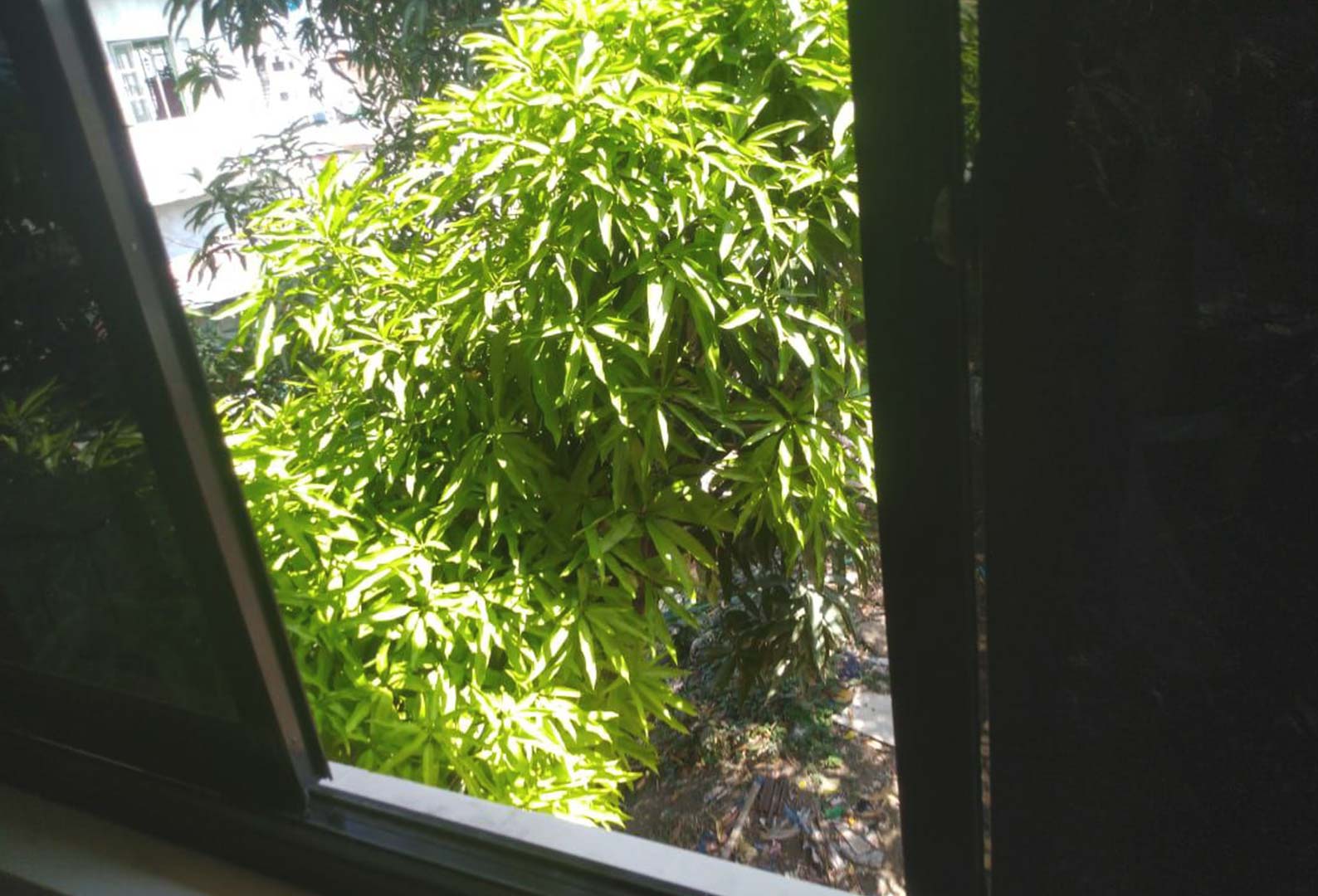Five teens quietly gathered while their seven friends slept in bunk beds around them. It was around 1 am and the girls, aged between 14 and 18, had a plan.
The escape
The five disassembled their bedding, separating sheets from mattresses. They tied the sheets together into a rope and threw the foam from their mattresses out a second-story window.
Anchoring the blanket chain to a bedpost, the teens stepped onto a window ledge and began their escape. They all climbed out of the window and down the wall onto the cushioned ground.
Their escape was then thwarted as a construction crew behind the building noticed their movement and reported it to the staff of the shelter housing the recently rescued human trafficking survivors in the Philippines.
Living as a product
Two days earlier, the five girls lived under the control of two female pimps in the country. One pimp was particularly “angry and violent,” one of the girls noted.
The girls were expected to provide sexual services to buyers lined up by their pimps. Their pimp would organise sales, take the money and send the girls off with the customers.
Our agents planned a raid operation to capture the pimps. During the sting where agents were disguised as customers, one of the pimps attempted to increase her profits by offering the 14- and 15-year-old girls up for “extreme” sexual services, one of our agents said.
This sale was different though.
Instead of the girls being taken away and abused by strange men, police stepped in and handcuffed their pimp.
Everything changes
Roselin, one of our social workers in the Philippines, says “most of the girls after rescue are emotionally unstable”. The girls fear they’re in trouble and will be imprisoned.
Roselin and her team are present at raid operations and are by each survivor’s side as soon as police secure the scene.

This sting operation went down at a fast-food chain restaurant

As social workers, it is hard to build a rapport with the survivors at first because the survivors are in an emotional and mental shock right after rescue. But we give them time to calm down and relax,” Roselin says.
Social workers use this time to assure survivors they are not in trouble and “nothing bad will happen to them.”

Time of transition
Although we do not run reintegration programs in the Philippines, our social workers are very involved after rescue. After processing the scene, now including testing survivors for Covid-19, our agents and social workers arrange for each survivor to stay at a temporary shelter.
“As they stay in the temporary shelter, we establish rapport with them so they know all the processes that they will undergo,” another social worker, Winona, says.
Survivors then await the results from their tests and prepare their next steps. Some girls will be reunited with their families and others may enter shelters with programs for trauma recovery.
At a temporary shelter, the five teens planned their daring escape.
Fight or flight
Although it might seem counterintuitive for survivors to run from those trying to help them, it doesn’t surprise our social workers.

We know there is the possibility girls might try to run away,” Winona says.
After being rescued from controlling pimps and abusive strangers, each survivor’s lifestyle is disrupted and they enter a period of transition. Even with reassurance from social workers, the survivors are managing emotions accompanying any transition, uncertainty and anxiety.
fight,
flight or
freeze
Facing the fear of the unknown, their natural response is either fight, flight or freeze. And these options can be amplified when combined with trauma of exploitation.
This period of transition is also volatile after other rescue methods.
Survivors go through a difficult transition during their first week in our program after covert or intervention rescue. It is not uncommon for there to be extreme behaviors during this time.
Our rescue agents at borders in Nepal have noted that the hardest part of their job is helping girls understand they are in danger of being trafficked. It can take hours, days or even weeks for survivors to let go of the false promises fed to them by their trafficker. Occasionally, it is not until our agents call them a few months later that they express their gratitude and understanding.
Although unrest is expected among fresh survivors, Winona says she was still in “shock” about the five girls attempting to escape from their shelter.


The building is high and we’re worried for the safety of the girls – that they really tried to run away.”
After the incident, she says social workers and police talked with the girls to re-explain the next steps. The shelter upped their security monitoring too.
Time to heal
Roselin notices a difference in survivors after they spend time in a shelter, attributing it to the “holistic” care the girls receive. “They learn and explore more about themselves,” she says.
They receive skills training, education assistance and medical services too, which she notes will “help them to have a better future once they are reintegrated back with their family”.
Arriving at this level of stability is a difficult journey for survivors.
Support
After exiting the darkness of sexual exploitation, survivors find themselves somewhere new and uncharted. They peer over the window ledge, quite literally in this case, looking back on their past reality and contemplating their potential future.
Stepping
into this new life will take bravery and support
The idea of healing, freedom and the unknown is full of pain. Stepping into this new life will take bravery and support.
Child Rescue provides support to survivors after rescue through our post-rescue efforts and reintegration programs. These details vary by country and rescue operations, but they share a focus to use our resources to help a child stay free.
You can be the support a survivor needs by donating today.

 US & International
US & International Australia
Australia United Kingdom
United Kingdom